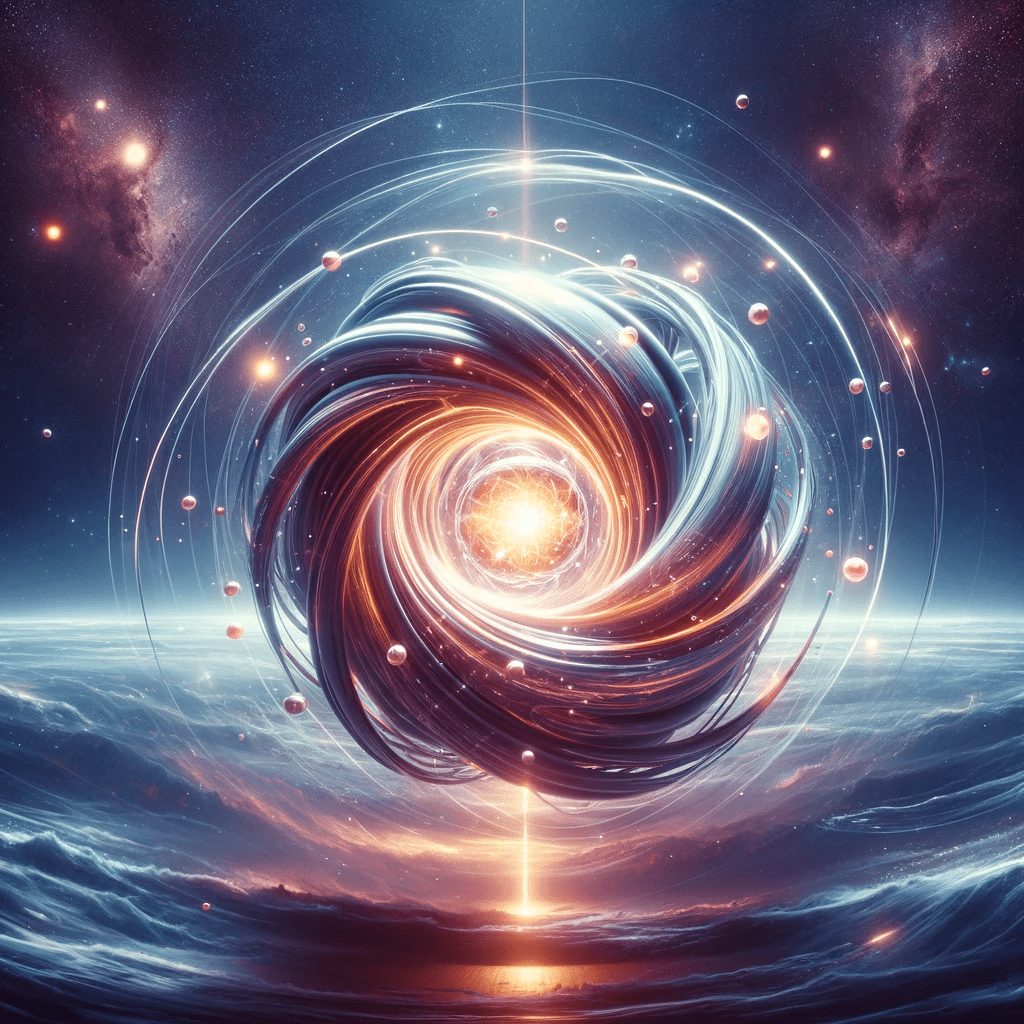Exotic Vacuum Objects (EVOs)

Exotic Vacuum Objects (EVOs) are hypothetical objects that may arise in certain physical models or theories, such as string theory or quantum field theory. These objects are characterized by their unusual properties, such as negative mass, the ability to travel faster than light, and other exotic characteristics. EVOs are a fascinating area of research in physics and may have practical applications in areas such as propulsion or energy generation. In this article, we will explore the concept of EVOs in detail and discuss what experts are saying about them.
The study of Exotic Vacuum Objects involves physicists and researchers in the field of theoretical physics. Some of the most prominent experts in this field include Juan Maldacena, Leonard Susskind, Brian Greene, and Michio Kaku. These scientists have made significant contributions to our understanding of string theory and other areas of theoretical physics.
Exotic Vacuum Objects are theoretical objects that may arise in certain physical models or theories, such as string theory or quantum field theory. These objects are characterized by their unusual properties, such as negative mass, the ability to travel faster than light, and other exotic characteristics.
The concept of EVOs has been explored by physicists for many years, but it has gained increased attention in recent decades as researchers have made progress in developing theories of string theory and other areas of theoretical physics.
The study of Exotic Vacuum Objects is important for several reasons. First, it provides insights into the fundamental nature of the universe and the properties of matter and energy. Second, it may have practical applications in areas such as propulsion or energy generation. Finally, it allows physicists to explore the limits of our current understanding of the universe and to develop new theoretical frameworks for understanding the physical world.
Fact 1: Some physicists have suggested that Exotic Vacuum Objects may be responsible for certain unexplained phenomena, such as the propulsion of unidentified flying objects (UFOs). While this idea is speculative and has not been validated through scientific research, it highlights the potential significance of EVOs in understanding the universe. (Source: Scientific American)
Fact 2: Exotic Vacuum Objects may have applications in the development of new technologies for energy generation and propulsion. For example, some researchers have proposed using the properties of EVOs to create “warp drive” technology that would allow spacecraft to travel faster than the speed of light. While this idea is still in the realm of science fiction, it highlights the potential practical implications of EVO research. (Source: National Geographic)
Fact 3: The concept of Exotic Vacuum Objects is closely related to the idea of dark energy, which is believed to be a mysterious force that is causing the universe to expand at an accelerating rate. Some physicists have proposed that EVOs may be responsible for dark energy, although this idea remains highly speculative and has not been confirmed through empirical research. (Source: Live Science)
For example, physicist Michio Kaku has proposed that EVOs may be responsible for certain unexplained phenomena, such as the propulsion of UFOs, and that they may represent a new paradigm for understanding the nature of the universe. Meanwhile, other experts, such as Juan Maldacena and Leonard Susskind, have focused on the theoretical implications of EVOs for our understanding of string theory and other areas of theoretical physics.
Several books have been written on the concept of Exotic Vacuum Objects, exploring the topic from various perspectives. For example, in his book “The Hidden Reality: Parallel Universes and the Deep Laws of the Cosmos,” physicist Brian Greene discusses the idea of EVOs in the context of string theory and the nature of the universe. Greene suggests that EVOs may represent a new frontier in physics, offering insights into the fundamental nature of the cosmos and the underlying laws that govern it.


